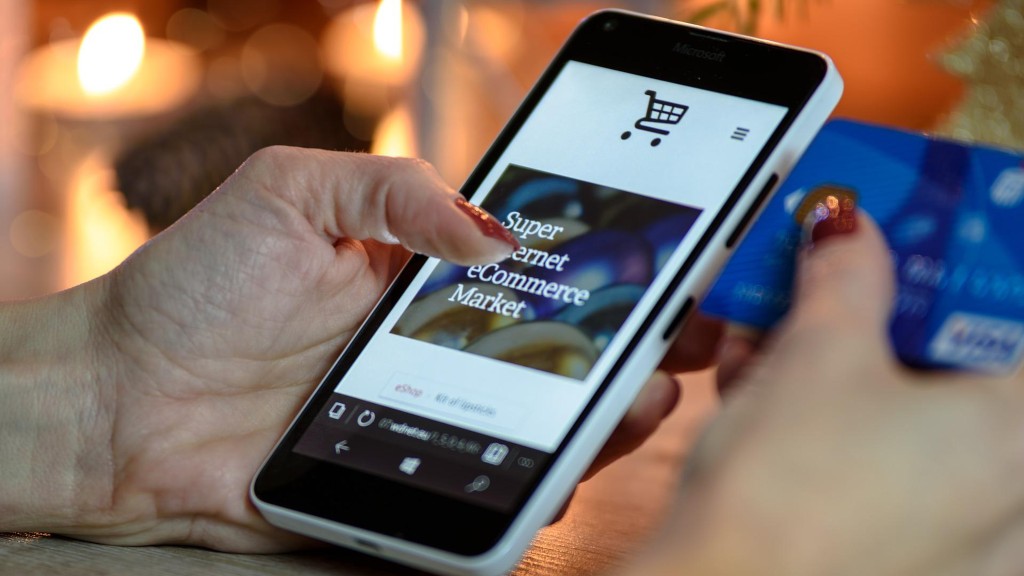
The negative experiences presented by a consumer during the checkout process are defined as pain of paying. For example, when buying a branded shirt, the consumer doubts whether to buy it for the price involved in paying for this item, since he carefully evaluates whether it is worth it.
The action of buying certain items usually adds a moral rate to the consumer, and on many occasions, they end up abandoning the purchase. However, the customer is not only looking at the price. The feeling of security, Easy to use or the payment methods available are other aspects that concern people when paying.
Why does pain of paying occur?
- Cash: Cash is a much more visual payment method, so if someone goes to buy at a store, it can affect them to see that when they leave the establishment they have less money in their wallet.
- User experience: A bad design of the web, making you wait a long time or not offering a security image, can be the difference between the customer abandoning or making the purchase.
- Visualize the increase in the total price: Another reason why the end user feels “sad” when paying is to see how the amount is increasing. For example, when someone stops to refuel at a gas station, seeing how the payment amount increases at the pump can cause users to leave the deposit in half to not pay more.
How to reduce the pain of paying
There are different solutions to reduce the abandonment of buyers and end up buying in a store:
- Implement alternative payment methodsNote: Cards are not the only payment method capable of greatly reducing this phenomenon. Allowing consumers to pay with their wallet or through Bizum or PayPal, in addition to offering a sense of security and innovation that has a positive impact on the image of the business, helps reduce these negative feelings that customers may experience.
- Incorporate a good payment gateway: A secure payment gateway helps the customer fully trust the transaction, preventing them from abandoning the purchase due to lack of trust in the business. For example, Sipay offers solutions for both physical and online commerce, complying with the latest standards certified by PCI DSS, with security being the fundamental pillar of these processes.
- Avoid sending notifications: This example can be applied to subscriptions. In cases such as Spotify or Netflix, the consumer assumes that the corresponding amount will be charged. Therefore, it is interesting to avoid sending notifications that remind you that you are paying.
- Improve user experience: The pain of paying does not only occur when paying, the consumer’s feelings prior to checkout are very important. Guiding you through the entire process with a good user experience, avoiding lengthy checkout processes or unpleasant surprises, can mean the difference between a successful transaction and an abandoned cart.



